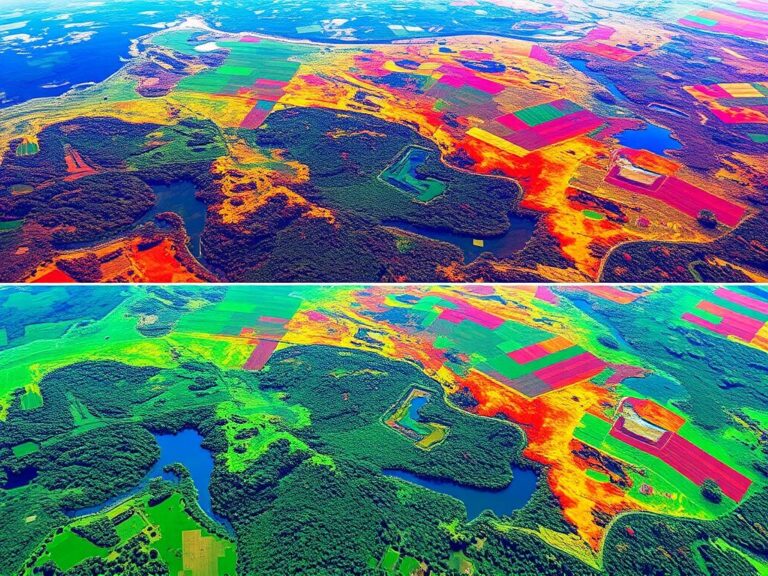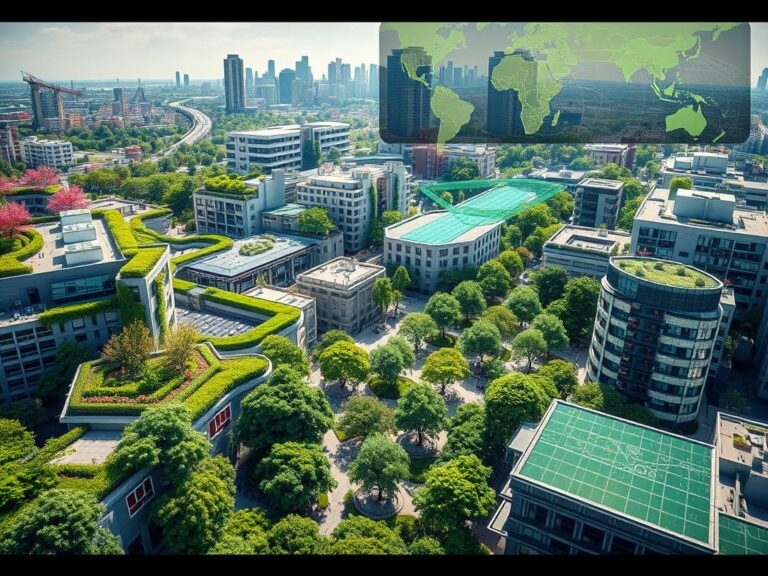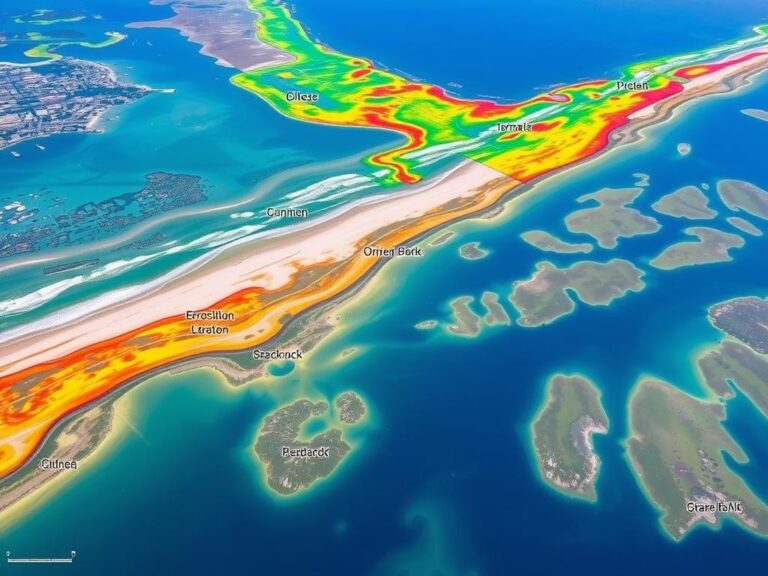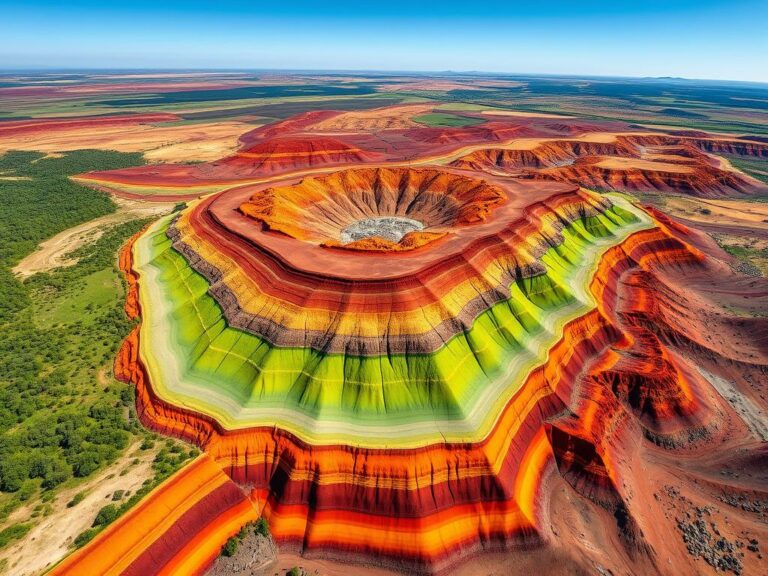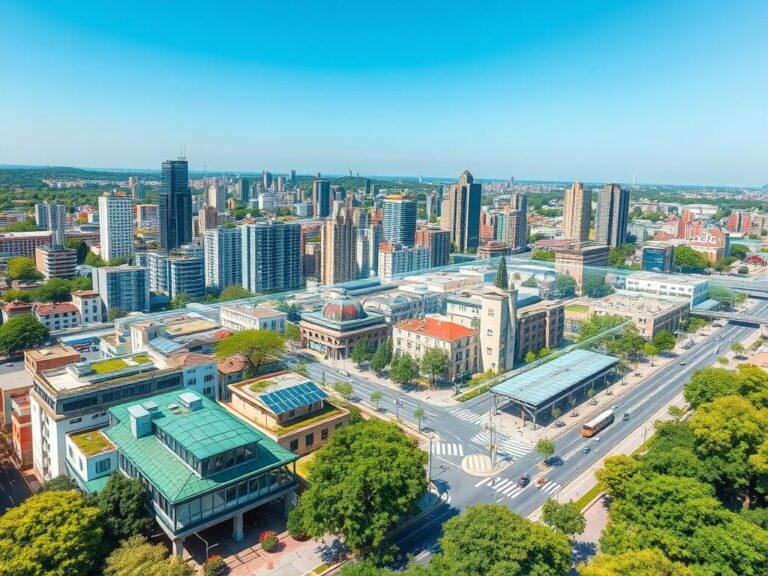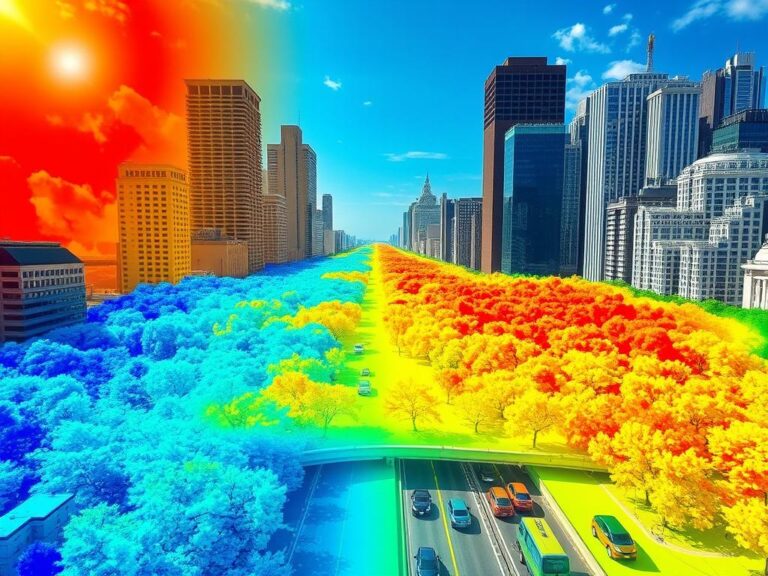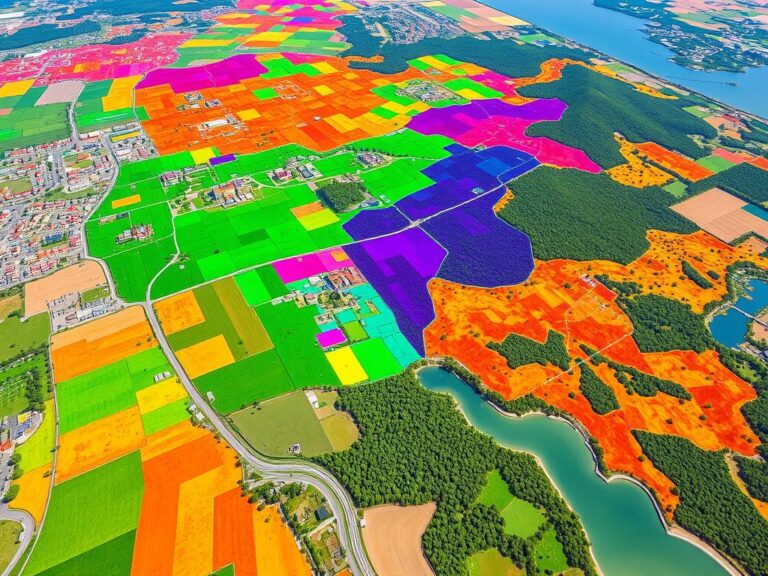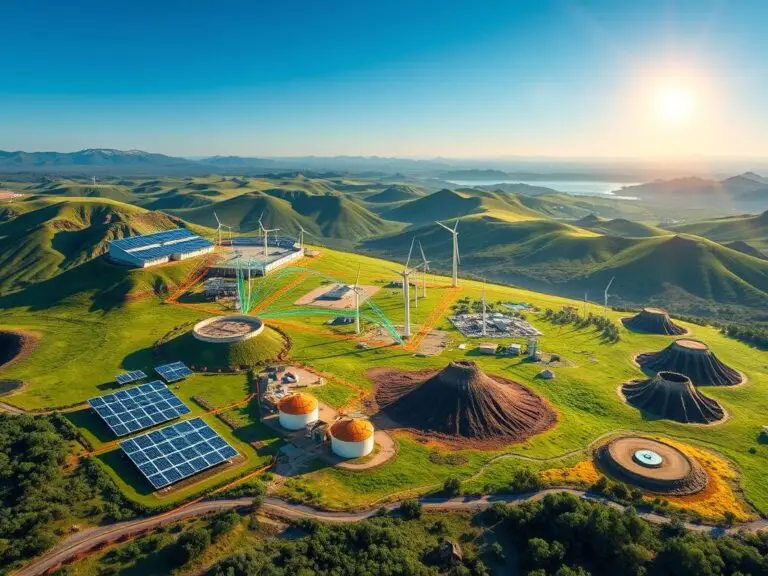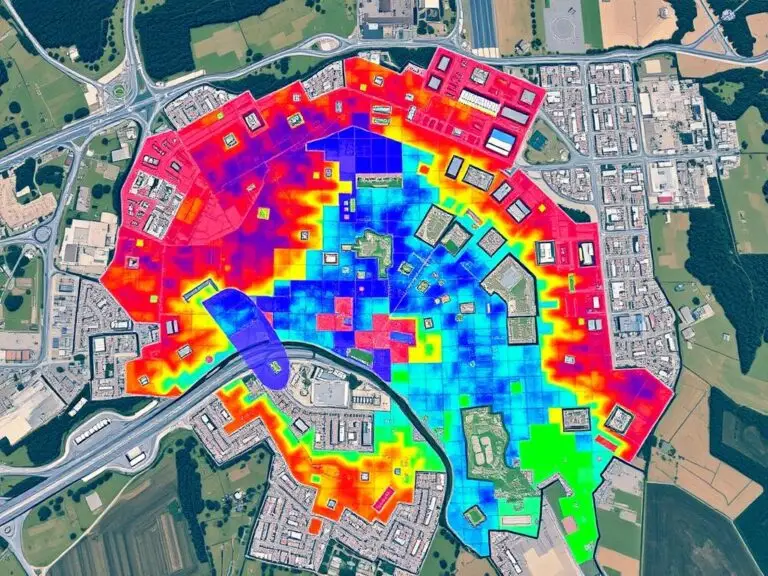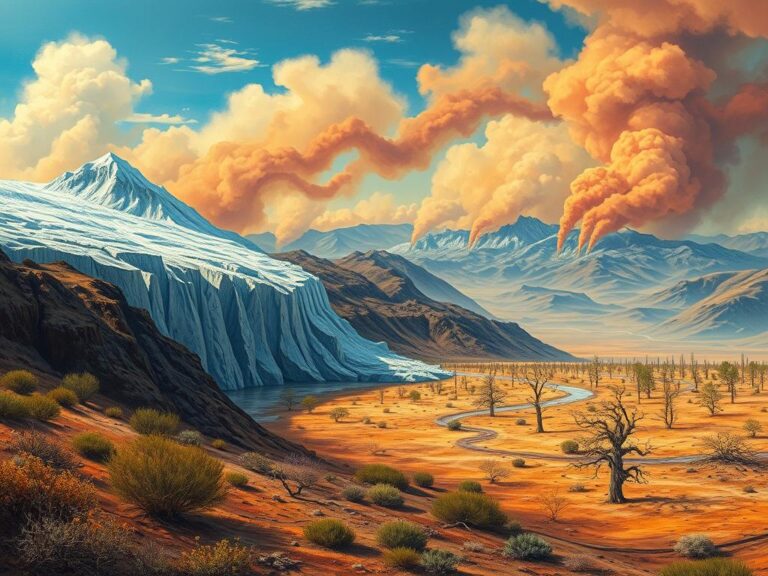Comparing Multispectral and Hyperspectral Imagery in GIS
In the world of geographic information systems (GIS), using remote sensing is key. Two main imaging types, multispectral and hyperspectral, are getting a lot of attention. They help us understand things like how crops grow and how cities are planned. This article will look at what makes these imaging types different, their benefits, and their…

